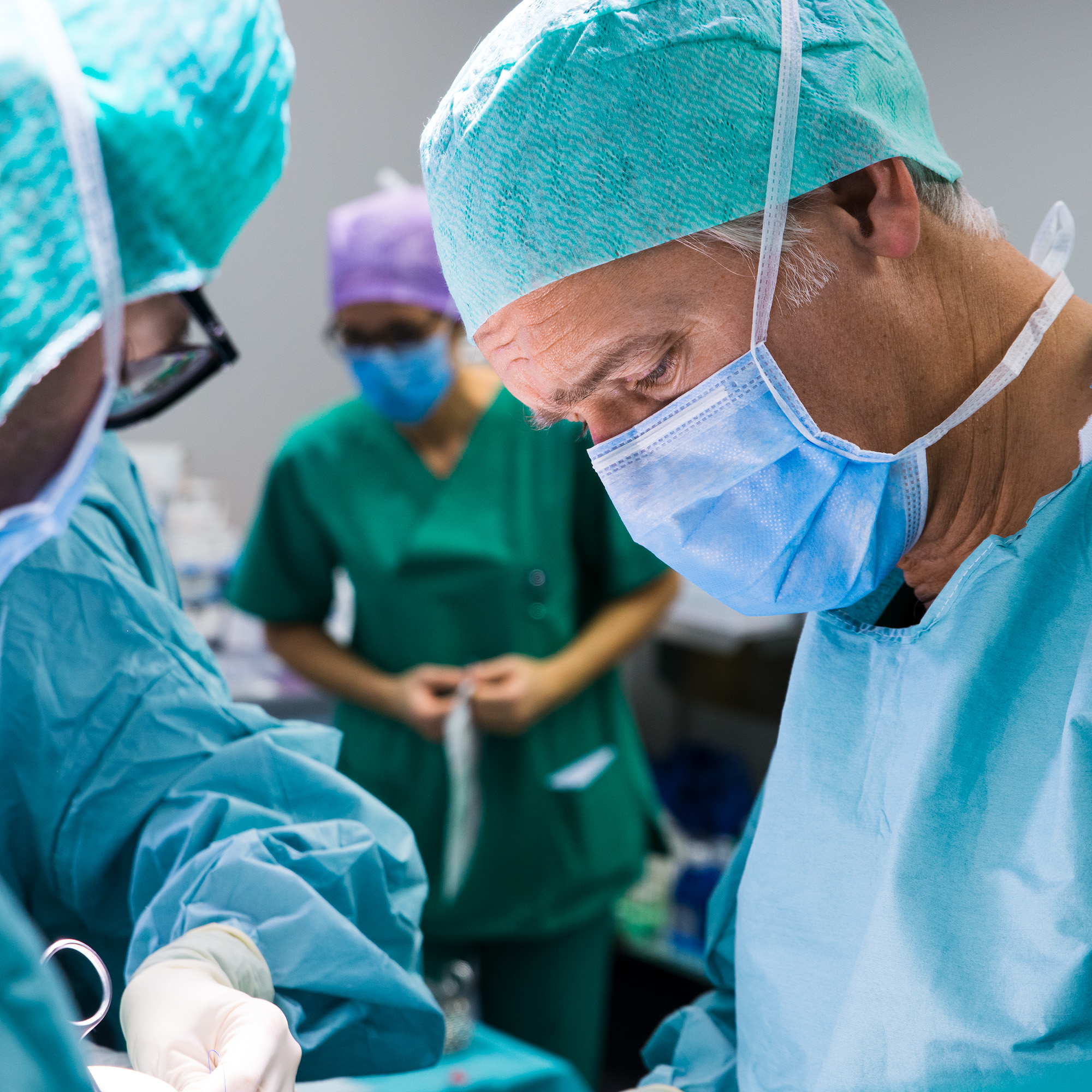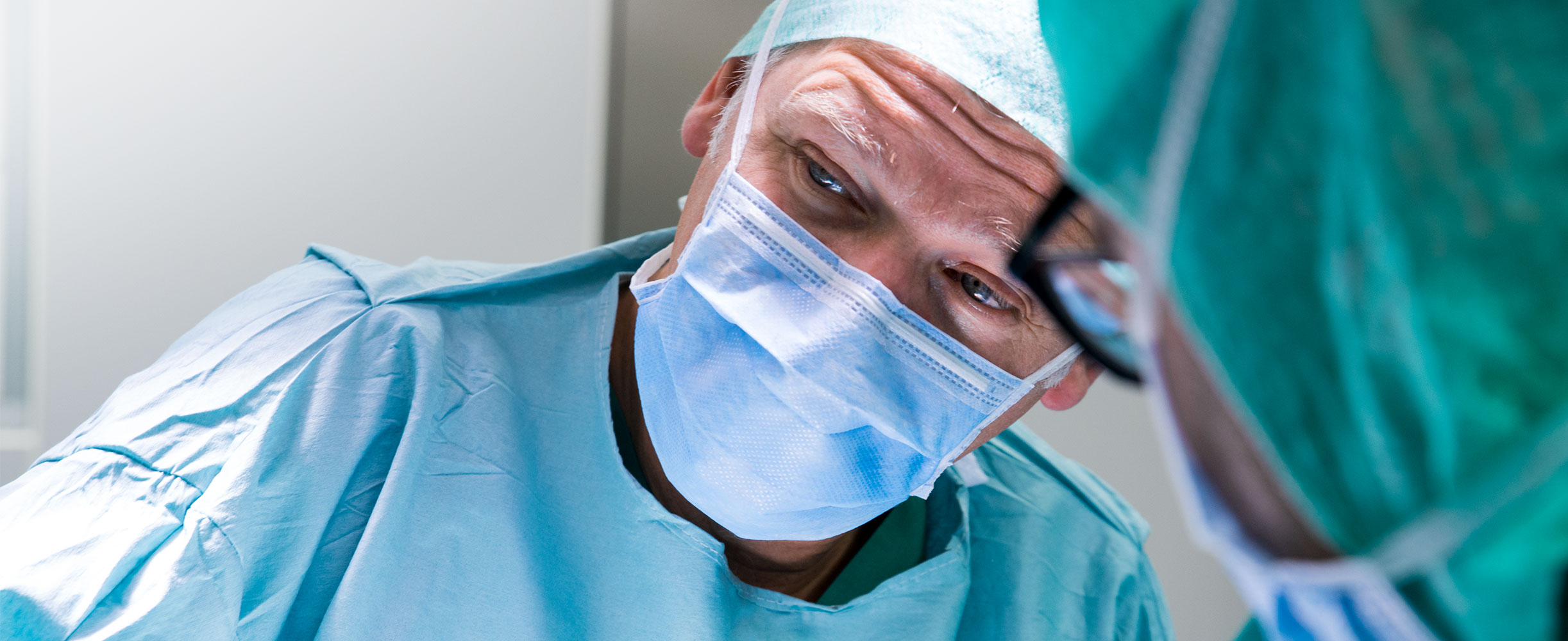 Bewertung wird geladen...
Bewertung wird geladen...
Chronic, activity-related groin pain is a common problem and can have serious consequences, especially for professional athletes. The anatomical and functional complexity of the groin, as well as the frequent radiation of pain from other regions, often make establishing a diagnosis a challenge.
By taking a careful history, identifying the character of the pain and involving clinical, ultrasound and radiological examinations, it is usually possible to differentiate the symptoms. Given the high number of different possible causes of chronic groin pain in athletes, a multi-disciplinary approach is especially important.
It is crucial to clearly differentiate between the underlying pathology and the cause of the symptoms in order to avoid unnecessary surgery, prevent long-term damage and to provide the patient with targeted therapy.
Gilmore's groin is not a classical "hernia". Instead, Gilmore's groin is a generalised weakness in the medial section of the posterior wall of the inguinal canal. This gives rise to localised swelling of the transversal fascia into the inguinal canal. During tension of the abdominal muscles and abrupt movements, this can lead to the pain typical of Gilmore's groin, since it is caused by compression with nerve irritation. This weakness of the posterior wall of the inguinal hernia also leads to a change in the tension of the rectus abdominis muscle at its attachment to the pubic bone. This explains the localised pain and consequently the development of bone oedema in the area of the pubic bone (pubalgia athletica, osteitis pubis).

Symptoms
Patients with Gilmore's groin often report a pulling, burning, occasionally electric shock-like, shooting pain in the groin. This pain can radiate to the inside of the thigh and towards the testicular sack or labia. The pain typically occurs a short time after the physical exertion and spontaneously improves with rest. Local symptoms can also be reproduced with coughing and sneezing.
Diagnosis
Diagnosis begins with a careful history and clinical examination. Functional test of the mobility of the hip are also used. In this case, ultrasound can be crucial since it allows an accurate assessment of the posterior wall of the inguinal canal with localised protrusion under the application of intra-abdominal pressure. In addition to the above, other potential pathological changes in the groin area such as muscle or ligament injuries, space-occupying lesions or lymph nodes can also be demonstrated and/or excluded.
Treatment
This is where Muschaweck's minimal repair technique is used. This is an open, mesh-free suturing procedure that can be carried out under local anaesthetic in a daycase setting. The aim of the operation is to stabilise the posterior wall of the inguinal canal. This open approach allows any damage to the groin nerves (genital nerve branch and/or ilio-inguinal nerve) to be identified and neurolysis or neurectomy carried out at the same time as required. By avoiding extensive, non-dissolving synthetic prostheses, the underlying muscles can be preserved.
In a similar way to inguinal hernias, we also normally treat Gilmore's groin at the Munich Hernia centre under local anaesthetic. At the patient's request, we can also use analgesia plus sedation, which induces a sleepy state. You will not require any ventilation, as you will be able to breathe unaided, fully relaxed, just like you do during sleep. This type of anaesthesia carries far fewer risks and patients tolerate it better.
Early mobilisation is the key objective. Immediately after the operation, you can stand up and move around perfectly normally. Any strain on the abdominal wall after the operation is possible and permitted, up to the pain threshold. Regular cooling and adequate pain treatment with analgesia (oral painkillers) during the first 3-5 days after the operation will help to avoid any unnecessary relieving postures, facilitating a rapid return to full physical exertion. After just a few days, you can get back to light training again.
"Do what you feel you can do" is our advice. Your body will soon tell you if you're doing too much!




